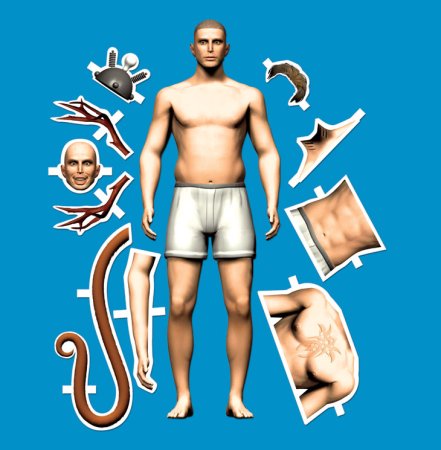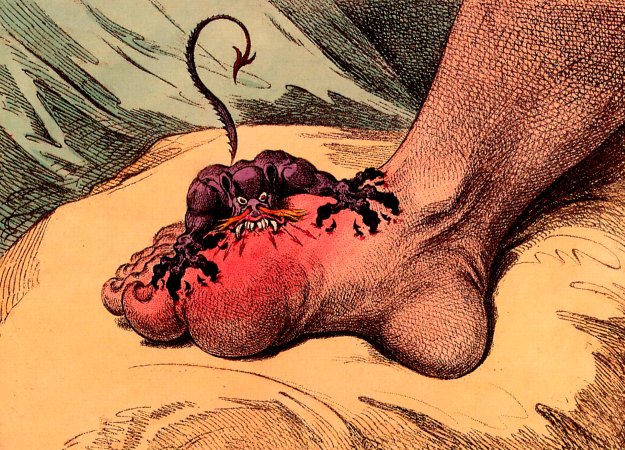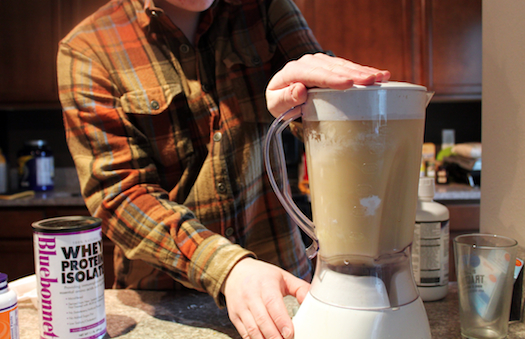

OBESITY IN AMERICA
** State Lines**
Obesity, defined as a body-mass index (BMI) of 30 or higher, is not equally distributed across the U.S. Check out this map to find out which state is the fattest (hint: it’s the namesake of mud pie), which is the thinnest (think Coors Light), and which spends the most money on obesity-related health care (its governor pumps iron).
Read on, after the break, for more of America’s (and the world’s) fat facts.

COUNTING THE CALORIES


THE WHOLE WIDE WORLD

THE PERSONAL COST OF FAT
Trouble at Work
Obese workers cost employees more in medical, disability, and workers’-compensation claims.









